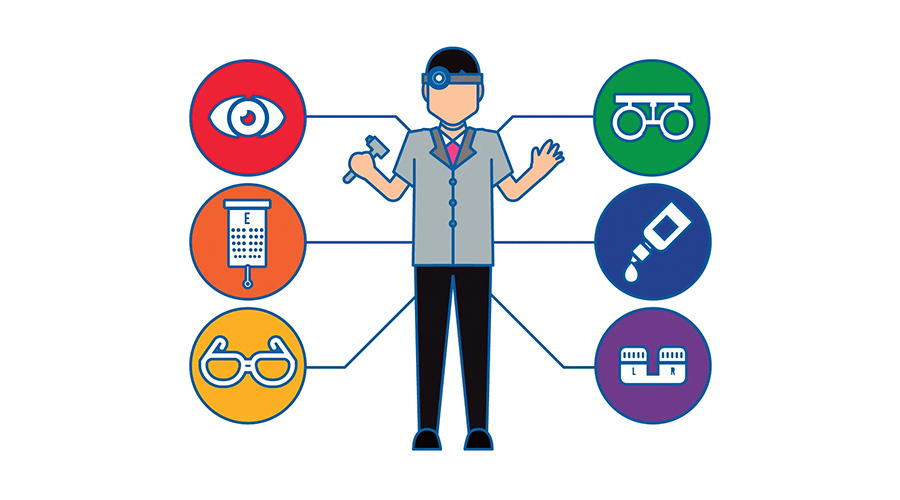ASK A PHYSICAL THERAPIST
- 20 Apr - 26 Apr, 2024

Waking up to a red patch in the white part of your eye can be troubling, but take a deep breath – your eye isn’t exploding! You may have a broken blood vessel, and it’s rarely as bad as it looks. The official name for a broken blood vessel in your eye is a subconjunctival hemorrhage. Symptoms of this condition include:
• Bright red patch on the white of the eye.
• A slight sense of fullness in the eye or under the lid.
• Very mild irritation of the eye.
Broken blood vessels occur when a tiny blood vessel bursts under the clear surface of your eye (also known as the conjunctiva). Think of it as a painless bruise on your eye. In spite of its gruesome appearance, a subconjunctival hemorrhage should not cause any pain, discharge, or change in your vision. If you experience any of these side effects, you might have a different problem. Broken blood vessels generally treat themselves. The conjunctiva slowly absorbs the blood over the course of 10-14 days. Recovery is usually complete, without any long-term complications – much like a mild bruise under the skin. Although eye drops cannot help repair the broken blood vessels, they can soothe the eyes of irritation.
Long hours in front of a computer screen can lead to fatigue and discomfort not only for your mind but also for your body – including your eyes. The fortunate thing is that there are ways to minimise the effects of extended time in front of a computer. Adjusting the angle of your computer can make a big difference when it comes to eye fatigue. Your eyes will be most happy if the center of your screen is roughly 15-20 degrees below eye level and your screen itself is about 20-28 inches away from your eyes. For optimum effectiveness, be sure you have good posture. Keep your feet flat on the ground, back straight, shoulders back, and neck vertical and not jutting forward. Other small adjustments you can make to help prevent discomfort and computer-related vision problems include:
• Adjusting the brightness and contrast on your screen.
• Giving your eyes a 20-second break every 20 minutes while looking at something at least 20 feet away (what we call the 20-20-20 rule).
• Placing reference materials on a stand at an angle similar to that of your computer screen.
• Making a point to blink often.
COMMENTS